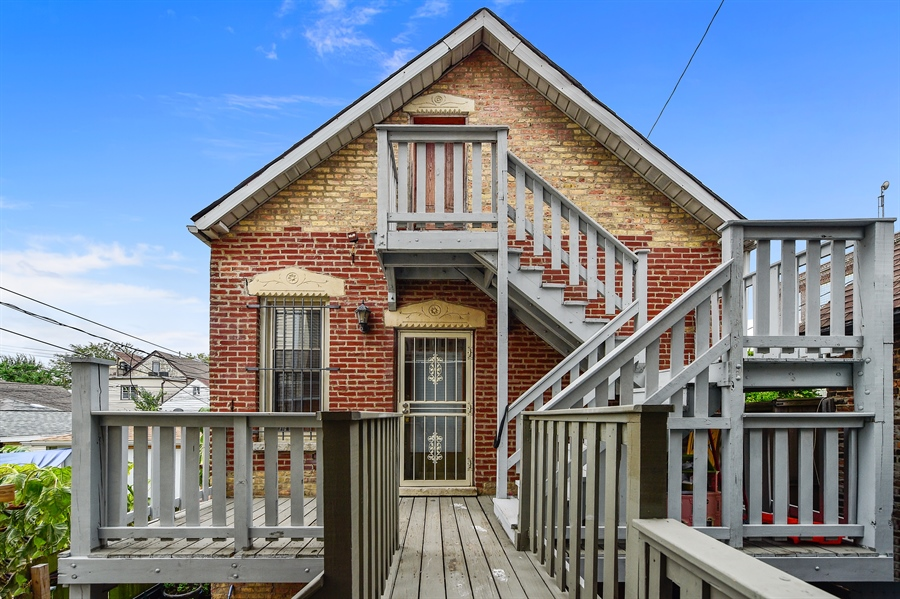Could coach houses be the answer to Chicago's shortage of affordable housing? Some advocates think so, even betting that the small accessory dwellings, which have been illegal in Chicago for decades, could spark a building boom in the city's most dense, in-demand neighborhoods. And with an election around the corner, there's hope that aspiring aldermen will catch onto the idea.
Steven Vance, an urban planner with MAP Strategies and founder of the zoning and construction database Chicago Cityscape, has been advocating for the return of coach houses for months. But current zoning does not allow for the construction of new coach houses. The detached residences, typically located at the rear of a lot behind the main dwelling, have been outlawed since the 1950s, as Crain’s recently highlighted.
But as other municipalities and states consider wholesale bans on single family home zoning, Chicago has an opportunity to catch up with places that have instituted rules allowing for accessory dwellings.
Existing coach houses in Chicago are grandfathered into legality, allowing homeowners to use the separate units. But there are some stipulations.
“Current zoning says that if you don’t have a renter in a coach house for a year or longer, you’re not allowed to rent it out again, ever,” Vance says. “What I want to do is legalize existing coach houses by removing the one-year gap rule to allow homeowners to bring their coach houses up to code.”
Currently, property owners have to maintain continual occupancy of coach houses to keep them legal, which can lead to poor management and unpermitted work. Vance says that bringing existing coach houses back on the books is a good starting point.
The next step would be creating a path for new accessory dwellings in the city’s neighborhoods. Mayor Emanuel’s latest five-year housing plan, introduced this month to the City Council, includes language that touches on accessory dwellings. “The City will identify options to leverage building codes or zoning to create affordability through accessory dwelling units (ADU),” one section reads.
But sweeping changes to existing zoning, which could lead to a small homeowner-led building boom, may have some unintended consequences, says to Manuel Hernandez, an architect and co-owner of the firm Design Seed. A native Chicagoan, Hernandez has experience working on similar housing plans, including the draft expansion plans adopted by the Chicago Bungalow Association.
“Much of the city’s residential zoning and building regulations are designed for one structure on a property,” says Hernandez. “When you start changing the zoning to allow additional structures, it complicates things like fire code, utilities, and life safety standards.”
He adds that a flood of new coach houses could erase thousands of off-street parking spaces, further congesting the streets. And there are quality of life issues such as cramped backyard spaces and gangly coach houses casting shadows on neighboring properties.
But the biggest concern, Hernandez says, is whether new coach houses will truly translate to affordable rents.
“You might run the risk of not addressing affordable housing and just be building more units,” Hernandez says. “For example, if you’re adding a 1,200-square-foot coach house, why not just build a three-flat?”
Vance counters that the answer is a set of standardized, city-sanctioned blueprints to use when planning for a coach house. Pre-approved plans wouldn't just help streamline the review process for building coach houses, Vance argues, but could cut down on building costs, and ultimately, rent.
Though the mayor’s housing plan highlights accessory dwellings as a potential source of affordable rentals, legislation won't surface without the support of City Council. Currently, seven aldermanic candidates and one mayoral candidate, Paul Vallas, want to legalize new accessory housing.
As for guaranteeing that coach houses will remain affordable? The mayor’s five-year plan suggests hinging coach house permitting on affordability requirements for renters. Congestion and unsightliness, however, are another story.



